 ...crazy animal!
...crazy animal!The word “equinox” comes from Latin aequus, meaning “equal,” and nox, “night.” On the equinox, day and night are roughly equal in length. (See more about this below.)
During the equinox, the Sun crosses what we call the “celestial equator”—an imaginary extension of Earth’s equator line into space. The equinox occurs precisely when the Sun’s center passes through this line. When the Sun crosses the equator from north to south, this marks the autumnal equinox; when it crosses from south to north, this marks the vernal equinox.
After the autumnal equinox, the Sun begins to rise later and nightfall comes sooner. This ends with the December solstice, when days start to grow longer and nights shorter.
Note that fall foliage isn’t due to current weather conditions. This is a common misconception. Leaves change color because of the amount of daylight and photosynthesis.
And don’t forget about the end of Daylight Saving Time, when we “fall” back, setting our clocks back one hour and regaining an hour of precious sleep! ... November 5.
-
2 cups grated zucchini
2 eggs, beaten
½ cup all-purpose flour
½ cup grated Parmesan cheese
½ cup shredded mozzarella cheese
¼ cup chopped onion
salt to taste
-
2 tablespoons vegetable oil
-
Place zucchini, eggs, flour, Parmesan cheese, mozzarella cheese, onion, and salt in a medium bowl; stir until well combined.
Heat oil in a skillet over medium-high heat.
Scoop tablespoonfuls of zucchini mixture into hot oil and fry, working in batches, until golden brown, about 2 minutes per side.






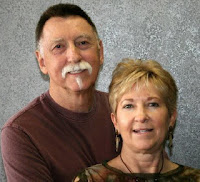
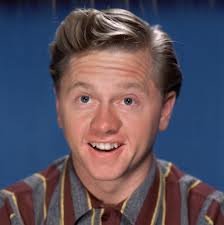
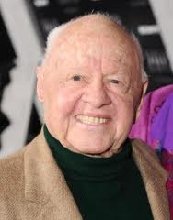
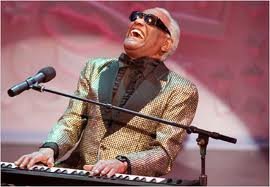
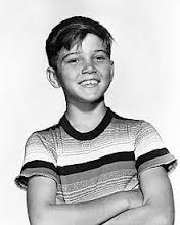

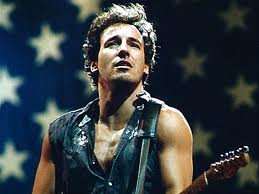



No comments:
Post a Comment